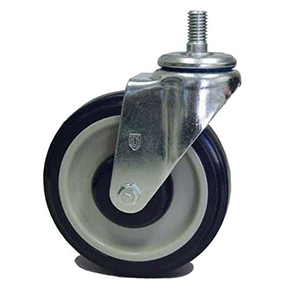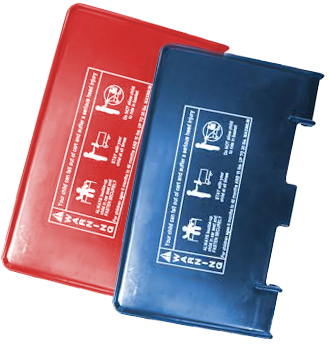
New Shopping Carts vs. Shopping Cart Replacement Parts
Introduction to the Cost-Effectiveness Dilemma – Which is Better for Grocery Store Owners?
Every grocery store owner faces a common dilemma: should they invest in new shopping carts or continue replacing parts on their existing ones? This decision isn’t just about aesthetics or customer experience; it’s about cost-effectiveness. Let’s dive into the financial implications of each option.
Overview of New Shopping Carts

Pros of Purchasing New Shopping Carts
- Durability: New carts, especially those made of durable material, can last longer, reducing the frequency of replacements.
- Customer Experience: Shiny, new carts can enhance the shopping experience, potentially attracting more customers.
- Innovation: Modern carts come with features like smartphone holders or even smart technology, offering added convenience.
Cons of Purchasing New Shopping Carts
- Initial Investment: The upfront cost of buying new carts can be significant.
- Storage: If you’re transitioning from smaller to larger carts, storage can become an issue.
- Environmental Impact: Producing new carts can have a larger carbon footprint than repairing old ones.
Overview of Replacing Parts in Existing Carts

Pros of Replacing Parts
- Sustainability: Repairing extends the life of a cart, reducing waste.
- Cost Savings: In many cases, replacing a wheel or handle is cheaper than buying a new cart.
- Flexibility: You can upgrade parts as needed, rather than committing to a full cart replacement.
Cons of Replacing Parts
- Frequent Maintenance: Over time, older carts might need repairs more often.
- Aesthetics: Even with new parts, an old cart might look worn out, potentially affecting the store’s image.
- Limited Features: Older carts might not support newer features or technologies.

Case Studies: Grocery Store Owners’ Experiences
Store A: Chose to replace parts and found that while they saved money initially, the frequent breakdowns led to higher long-term costs.
Store B: Invested in new carts and saw an increase in customer satisfaction, leading to higher sales.
Store C: Mixed both strategies, replacing parts for some carts and buying new ones for others, achieving a balance of cost and customer experience.
Factors to Consider in Decision-Making
- Budget: How much can you invest upfront?
- Customer Feedback: Are customers complaining about old or broken carts?
- Long-Term Vision: Are you planning to upgrade your store or introduce new technologies?
- Environmental Concerns: Do you prioritize sustainability in your business decisions?
Economic Analysis: Cost Comparison
On average, a new shopping cart can cost between $75 to $250, depending on its features and material. In contrast, replacing a wheel might cost $5 to $15, and a handle might be $10 to $20. However, if a cart needs frequent repairs, the costs can add up. Over five years, maintaining an old cart might cost as much as, or even more than, buying a new one.
Potential Solutions for Preventing Cart Theft

Cart theft, often by homeless individuals, can be a significant concern. Solutions include:
- Electronic Locking Systems: Carts lock up if taken beyond store premises.
- Deposit Systems: Customers pay a small deposit, refunded when the cart is returned.
- Awareness Campaigns: Educate the community about the costs associated with stolen carts.
Conclusion: Making the Cost-Effective Choice

The decision between buying new shopping carts and replacing parts isn’t black and white. It depends on your store’s specific needs, budget, and long-term vision. By considering the pros and cons of each option and analyzing the associated costs, you can make an informed, cost-effective choice.